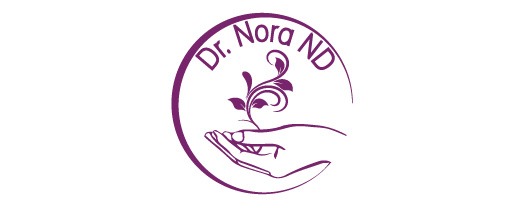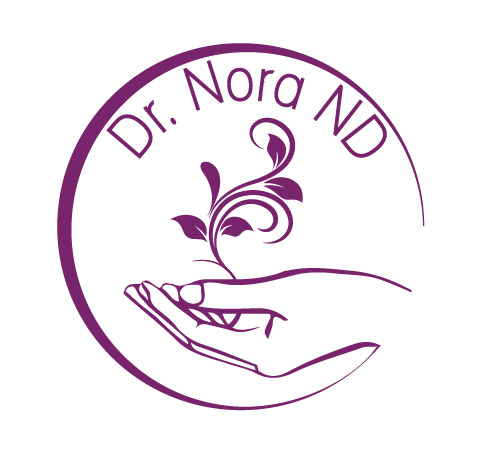Breast cancer plagues the western world. It is the most common cancer in women in the developed and developing countries. The World Health Organization (WHO) states that breast cancer is a highly preventable disease.
What are the risk factors?
There are certain risk factors that we simply cannot change, like being a woman and growing older. Having a mother, sister, or daughter with history of breast cancer and having the genes (BRCA1 or BRCA2) are also beyond our control.
There are, however, other factors known to contribute to increasing the risk of developing breast cancer. So then let’s focus on prevention.
Estrogen’s Link to Breast Cancer
Most women in North America have high levels of estrogen. Too much estrogen in the body causes tissue cells in the breast to divide more, which allows for opportunity for mistakes (ie. mutations) to be made in the genetic material. Normally our immune system will kill off these cells with mutations. However, when the body is under prolonged stress, whether it is due to toxic burden, poor nutrition, hormonal imbalances, or mental and emotional trauma, then the immune system is weakened. As a result, these cells will continue to divide eventually forming a tumor.
5 Sources of Estrogen:
- Our bodies make 3 different types of estrogens (estrone, estradiol, estriol), estradiol being the strongest one causes increased cell division.
- Herbs and food sources can contain weak forms of estrogen (ie. Phytoestrogens) that are protective again breast cancer. Examples include soy, flaxseeds, legumes, and many more.
- Xenoestrogens are environmental chemical that mimic estrogen and are 1000x more potent than the effects of estrogen made in the body. These toxins generally accumulate in the body and get stored. Examples of sources include pesticides, plastics, cosmetics, detergents, household cleaning solvents, and more.
- Synthetic estrogens include birth control pills, fertility drugs, and/or hormone replacement therapy commonly used during menopause.
- Consuming animal products such as meat, poultry, dairy, fish, and eggs can be a source of estrogen. Animals are sometimes treated with hormone drugs to promote growth in the cattle so it can be turned into the meat sold in supermarkets quicker.
What are some signs that you may have excess estrogen in the body?
The following can be an indication that our hormones may be out of balance:
- Breast swelling and tenderness
- Irregular menstrual periods
- Mood swings
- Decreased sex drive
- PMS
These are just a few examples of possible contributing factors to the increased rate of breast cancer cases in developed countries. Now what can we do about it starting from today?
Here are a few small steps to get you started on the right path of protecting yourself and decreasing any excess estrogen you may have.
- Maintain a healthy weight through regular exercise to prevent estrogen storage in fat cells.
- Avoid drinking from plastic cups or bottles since xenoestrogens are most potent estrogen mimickers.
- If available and affordable, choose organic for the fruits and vegetables that are known to be sprayed heavily with pesticides. Those include grapes, apples, peaches, strawberries, nectarines, pears, raspberries, cherries, blueberries, spinach, bell peppers, celery, carrots, potatoes, lettuce, hot peppers, cucumbers, cherry tomatoes, and green beans.
- Eat a diet high in vegetables since they have the protective phytoestrogens and fiber, which encourages elimination of estrogen through the stool.
- Make sure that you are pooping every day, sweating, and peeing nearly clear urine, which are all ways of eliminating toxins including excess estrogen.

